History of Cyprus island
The story of the Cyprus dispute lies in the island’s history itself. Cyprus island’s history includes several events and eras that showcase the foreign control over the island land. The first inhabitants came to the island of Cyprus in 9000 BC. They were the farming societies that built round houses with terrazzo floors. Cities in the area first came into existence during the Bronze Age. At the same time, the inhabitants developed their own Eteocypriot language 4th century. The island was part of the Hittite Empire, which was further a part of the Ugarit Kingdom until two waves of Greek settlement arrived.

The Greeks, Romans and Arabs in Cyprus
In the later stage of BC, Cyprus experienced an uninterrupted presence of the Greeks. This started from the arrival of Mycenaeans around 1400 BC. The Greek population of Cyprus survived through multiple conquerors, including Egyptian and Persian rule. Cyprus was conquered by Alexander the Great in the 4th century BC. Then it was incorporated into the Roman Empire, which the Ptolemaic Egypt ruled until 58 BC.
Roman rule in Cyprus was interrupted in 649 BC when the Arab armies of the Umayyad Caliphate invaded the island. The ethnic Greeks of the island were determined to bring about an end to almost 300 years of Ottoman rule and further unite Cyprus with Greece rule.
Cyprus under the United Kingdom and the Ottoman Empire
In 1878, the United Kingdom took administrative control of the island to prevent Ottoman possessions from falling under Russian control. Then through the Cyprus Convention, the call for union with Greece grew louder. The island remained an Ottoman territory specified under the agreement reached between Britain and the Ottoman Empire.
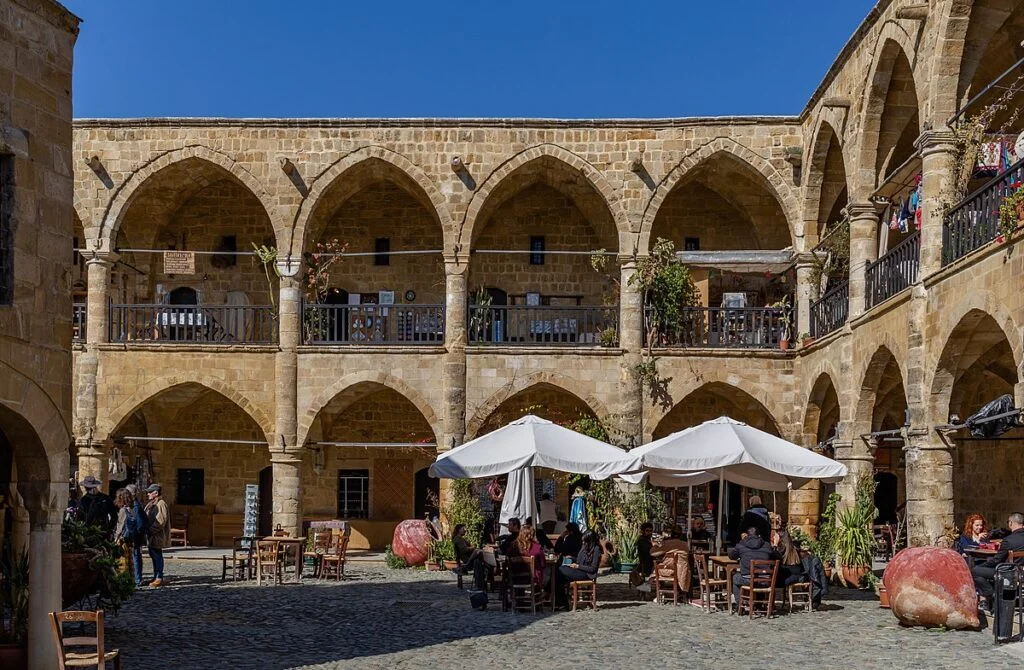
The Christian Greek-speaking majority of the island welcomed the arrival of the British. For them, this was a chance to voice their demands for union with Greece. When the Ottoman Empire entered World War I on the side of the Central Powers, Britain renounced the Agreement. It rejected all Turkish claims over Cyprus and declared the island a British colony.
The Cyprus problem
The Cyprus case, also known as the Cyprus difficulty, Cyprus child or Cyprus disharmony, is an afoot of the situation of difficulty between Greek Cypriots and Turkish Cypriots.
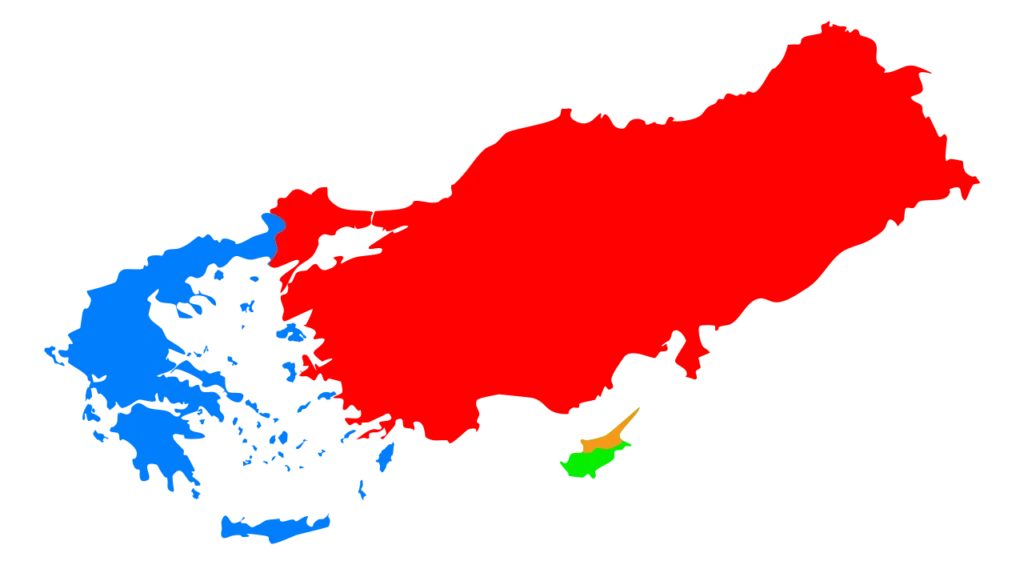
The multinational neighbourhood fetes the Republic of Cyprus as the exclusive legit commonwealth. However, the north is under the de facto authority of the personality-broadcast Turkish Republic of Northern Cyprus, on which the Turkish Armed labour forces are detailed. The 1974 Cypriot accomplishment d’état, established by the Greek martial galère, breathed postdated five daylights afterwards by Turkey’s inroad, guiding to the line of the northern piece of the internationally feted Republic of Cyprus.
In 1983, the Turkish Cypriot neighbourhood unilaterally broadcasted self-dependence. This crystallized the Turkish Republic of Northern Cyprus, an autonomous object lacking international recognition. With the difficulty of Turkey, Northern Cyprus enjoyed brimful political commerce in lawbreaking of Resolution 550, embraced on 11 May 1984 by the UNSC.
“As an aftereffect of the two neighbourhoods and the backer lands making themselves to find a pacifist answer to the difficulty, the United Nations maintains a broker belt ( grasped as the “Green Line”) to escape any other intercommunal pressures and conflagration.”
The independent Cyprus story
Cyprus used to be an independent, non-aligned republic due to the indigenous agreements with a Greek Cypriot president and a Turkish Cypriot vice-president. The Greek Cypriots represented 78% of the populace and the Turkish Cypriots 18%.
Such a variety in its demography with a most critical push from Greek Cypriot and Turkish Cypriots laid a basis in the direction of the Cyprus trouble. The mere demand to manage Cyprus island used to be the foundation of the Cyprus hassle.
A House of Representatives of fifty members, additionally with a seven-to-three ratio, had been to be one by one elected through communal balloting on a popular suffrage basis. The House also furnished separate Greek Cypriot and Turkish Cypriot Communal Chambers to manipulate things of religion, culture, and education.
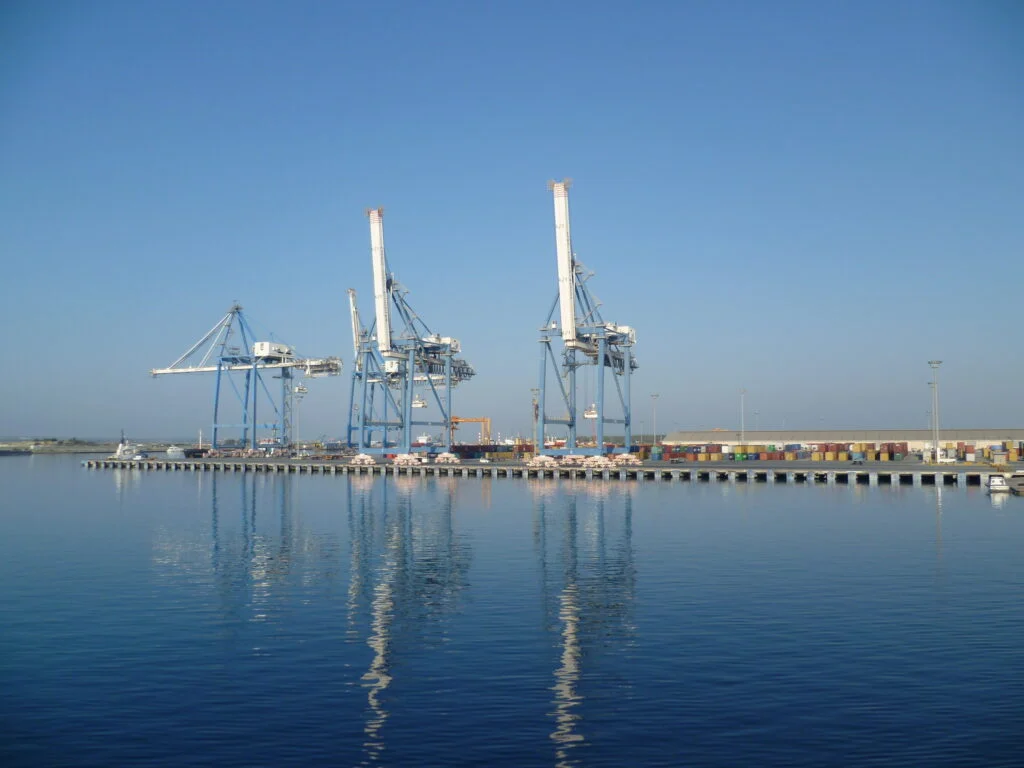
Turkish Cypriots
Turkish Cypriots or Cypriot Turks are by and large ethnic Turks originating from Cyprus. Following the Ottoman conquest of the island in 1571, about 30,000 Turkish settlers received lands as soon as they arrived in Cyprus. Many of the island’s nearby Christians transformed to Islam in the early years of Ottoman rule.
The inflow of usually Muslim settlers to Cyprus persevered intermittently until the Ottoman period ceased. Standard Turkish is the language of Northern Cyprus. The vernacular spoken with the aid of Turkish Cypriots is Cypriot Turkish, which has been influenced by using Cypriot Greek as nicely as English.
Northern Cyprus is domestic to a good-sized phase of the Turkish Cypriot population. The majority of Turkish Cypriots stay abroad, forming the Turkish Cypriot diaspora. This diaspora got here into existence after the Ottoman Empire transferred the manipulation of the island to the British Empire, as many Turkish Cypriots emigrated notably to Turkey and the United Kingdom for political and financial reasons.
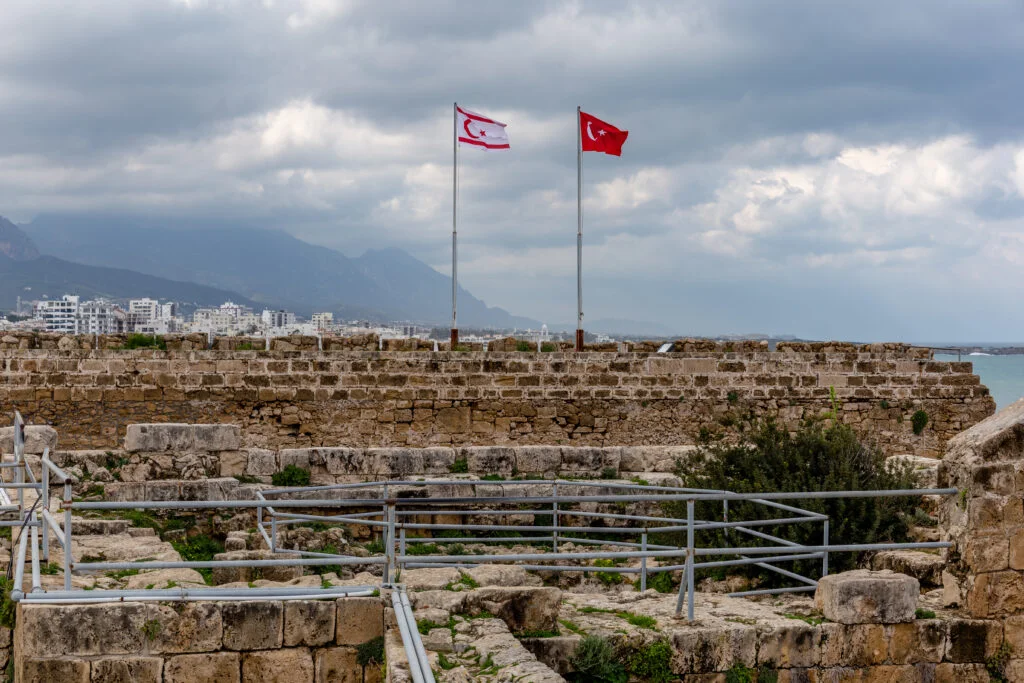
Greek Cypriots
Greek Cypriots, the ethnic Greek populace of Cyprus, formed the island’s biggest ethnolinguistic community. Ethnic Greeks are the residents of different countries or the populace of Turkish-occupied Northern Cyprus.
The majority of Greek Cypriots are participants of the Church of Cyprus, an autocephalous Greek Orthodox Church inside the broader communion of Orthodox Christianity. Regarding the 1960 Constitution of Cyprus, the time additionally consists of Maronites, Armenians, and Catholics of the Latin Church (“Latins”), who have been given the alternative of being protected in both the Greek or Turkish communities and voted to be part of the former due to a shared religion.
The bone of contention – Cyprus
The history and ethnical outlook of the demography are visible evidence of the Cyprus issue. To end the ethnical clashes between Turkish Cypriot and Greek Cypriots, the UN was able to control the situation through its peacekeeping forces. Also, it created a border or a division called the UN green zone after 1960. This border consists of the peacekeeping forces of the United Nations and separates Cyprus’s region based on ethnicity.
Cyprus gained its independence in 1960 when the various communities entered into a partnership agreement during independence. However, in 1964, the island saw a massive political disagreement that led to a high level of communal violence. This further prompted the United Nations to set up peacekeeping forces on the island of Cyprus.
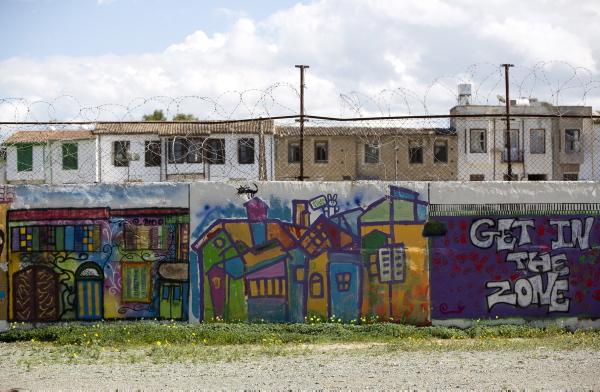
Image courtesy- Reuters
A political separation alongside ethnic traces was once additionally introduced. In 1974, after Greece- backed coup d’état happened, the turkey Cypriots had deployed their troops in the Northern region of Cyprus. In the end, the Turkish forces managed over one–third of the island.
The Turkish Republic of Northern Cyprus unilaterally declared independence in 1983. In 2004, the Turkish Cypriot and Greek Cypriot communities voted in a referendum to figure out whether or not to enforce a reunification design negotiated. While the Turkish Cypriots had voted for the plan to be executed, the Greek Cypriot neighbourhood had rejected the plan.

Current scenario
The current day negotiations technique continues beneath the phrases set forth via the ability of the February 2014 Joint Statement. Major negotiation issues consist of:
- questions of political power-sharing
- property and territory
- safety guarantees
- the use of electrical energy belongings in the Mediterranean Sea.
Also, read about the role and relevance of UNSC in interstate conflicts prevention and mitigation here!
About the Author
YASHI SINGH

Yashi is an aspiring journalist and also a passionate writer. She is doing her bachelor’s in journalism, public policy and international relations. Yashi aims to integrate her writing skills with her passion for international relations by interning with “The International Prism”.






